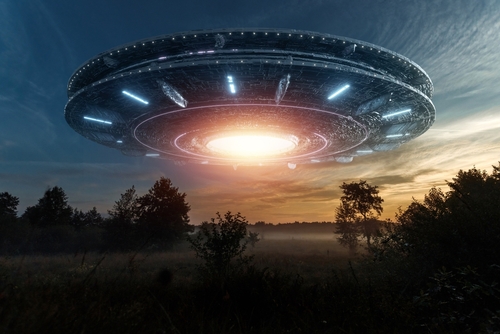
In a groundbreaking discovery that has sent shockwaves through the scientific community and beyond, a recent analysis of mummified remains found in Peru has revealed DNA that is not only non-human but belongs to an ‘unknown species.’ This astonishing find raises profound questions about our understanding of life on Earth and the history of our planet.
The enigmatic pair of corpses, which have been the subject of intense scrutiny and speculation, were determined to be more than 1,000 years old following carbon dating by the National Autonomous University of Mexico (UNAM). The bodies, characterized by their three-fingered hands and toothless mouths, have defied conventional categorization, leading to claims that they may indeed be extraterrestrial in origin.
“Mystery Mexican aliens are 'definitely not human' and have 30% DNA of 'unknown species'”
“But.. it was just a scam right? RIGHT?”
Article: https://t.co/BbLUJ6mJkE
— Brian Roemmele (@BrianRoemmele) December 1, 2023
Jaime Maussan, a journalist and UFO enthusiast, has been at the forefront of presenting these findings. He has made multiple appearances before the nation’s Congress, advocating for the authenticity of the mummies and suggesting that they represent clear examples of non-human life forms. According to Maussan, these beings are not related to any known species on Earth, a claim supported by the fact that 30 percent of their DNA is unidentifiable.
The implications of this discovery are far-reaching. If these remains are indeed from an unknown species, it could suggest that the history of intelligent life on Earth is far more complex than previously thought. It also opens up the possibility of past interactions between humans and other intelligent beings, which could have influenced the trajectory of human civilization in ways we are yet to understand.
The Mexican Government just released Photos, DNA and all other details of Aliens. In a mine Aliens were found mummified
After all scientific research and analysis they concluded that mummies are non-human and atleast 1000 years old.#Aliens ( BhAAi?? ) pic.twitter.com/YQ978Ci0Hq— PrAbHaS 💥RuLeR🔥 (@NaimShaik11) December 2, 2023
Skeptics, however, caution against jumping to conclusions. They argue that extraordinary claims require extraordinary evidence, and while the DNA analysis is certainly intriguing, it does not conclusively prove the existence of extraterrestrial life. Some have posited alternative explanations, such as the possibility that the mummies were fabricated using the remains of extinct animals for ritualistic purposes.
Despite the skepticism, the public’s interest in these mysterious figures has been piqued. The notion that we are not alone in the universe has long captivated the human imagination, and discoveries like this only fuel the fire of curiosity. The idea that evidence of alien life might have been lying in diatom mines, only to be later fossilized, is a narrative fit for science fiction, yet it is unfolding in our very reality.
The researchers involved in the analysis have maintained that the corpses are authentic and not of this world. They point to the presence of rare elements such as cadmium and osmium in the bodies, which are uncommon on Earth, as further evidence supporting their extraordinary nature.
As the debate continues, one thing is clear: the discovery of these ‘alien’ mummies has challenged the status quo and opened up a Pandora’s box of questions. Are we truly alone, or is the universe teeming with life, some of which may have visited our planet long ago? The search for answers continues, and with each new finding, we inch closer to understanding our place in the cosmos.
For now, the world watches with bated breath as experts continue to analyze and interpret the data. Whether these remains will be recorded in the annals of history as definitive proof of alien life or relegated to the category of elaborate hoaxes remains to be seen. But one thing is certain: the mystery of Mexico’s ‘aliens’ has captured the imagination of people around the globe and will undoubtedly remain a topic of fascination and controversy for years to come.











I just could not depart your web site prior to suggesting that I really loved the usual info an individual supply in your visitors? Is gonna be back regularly to check up on new posts.